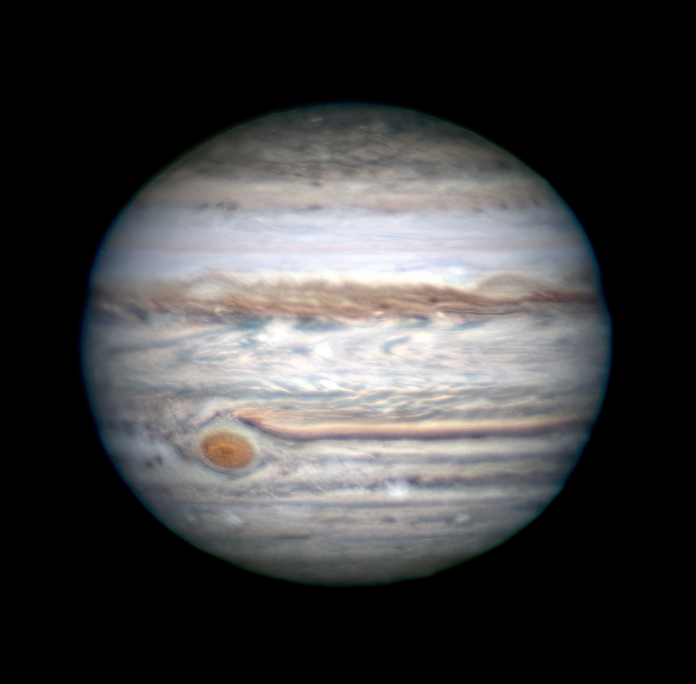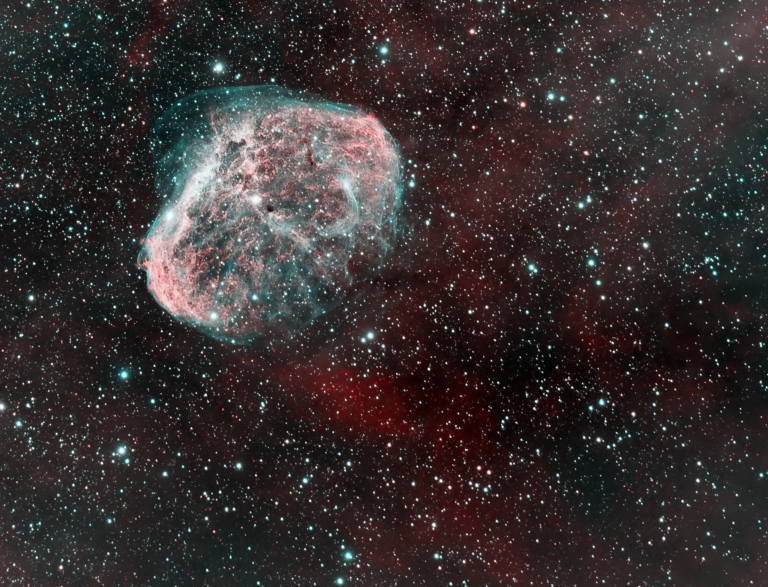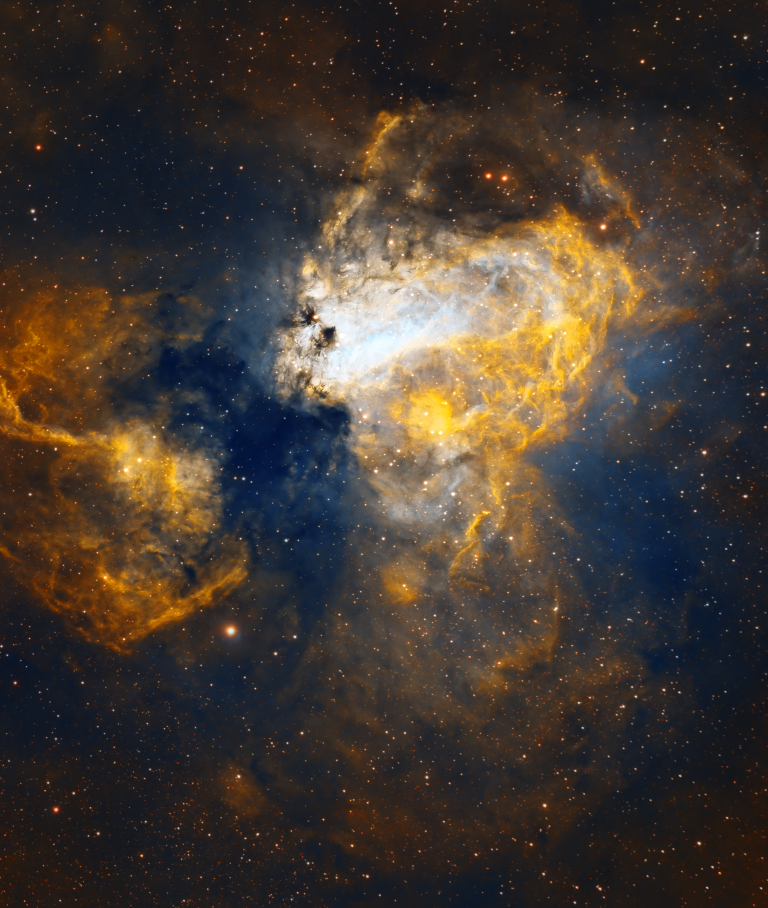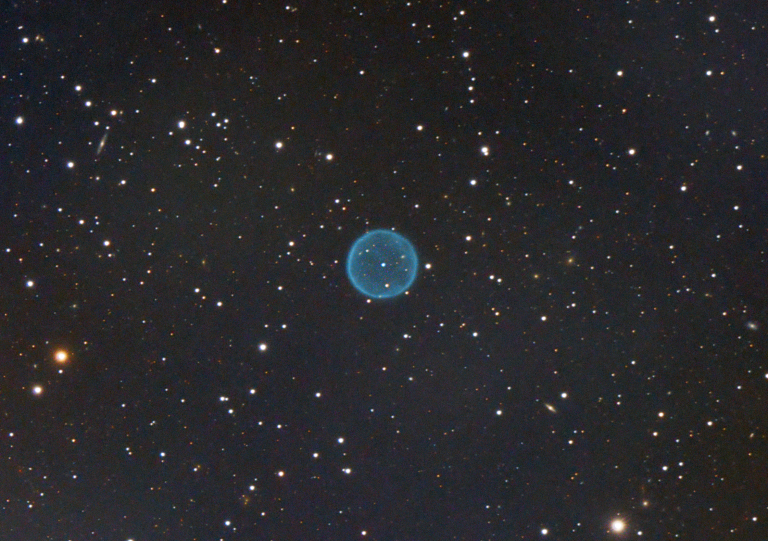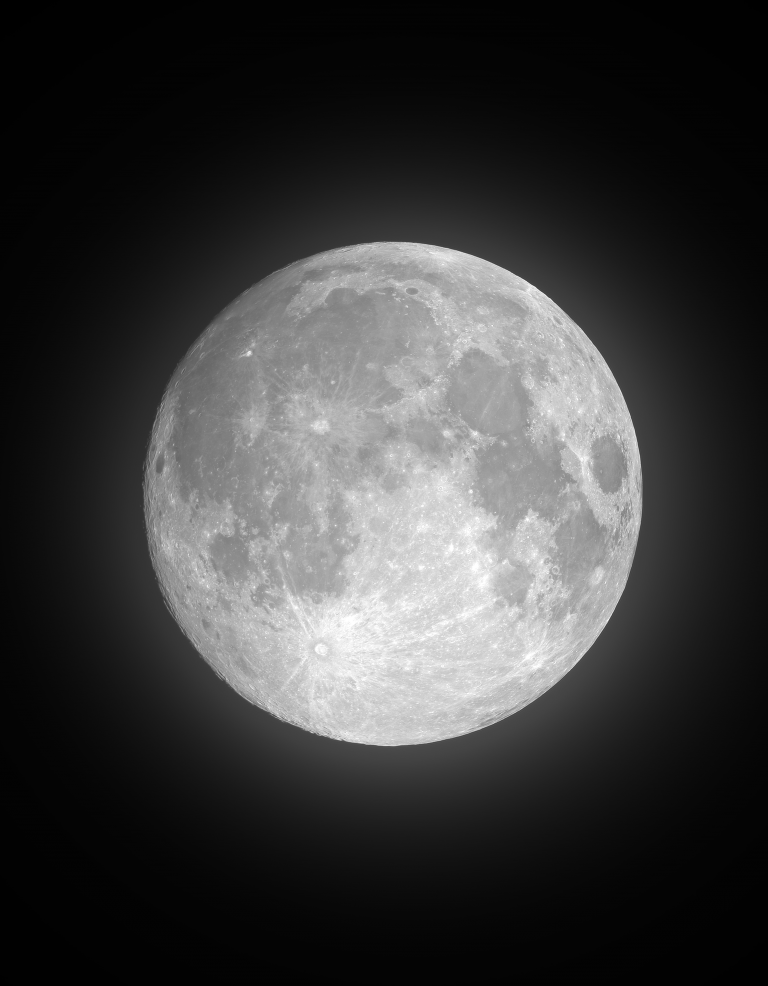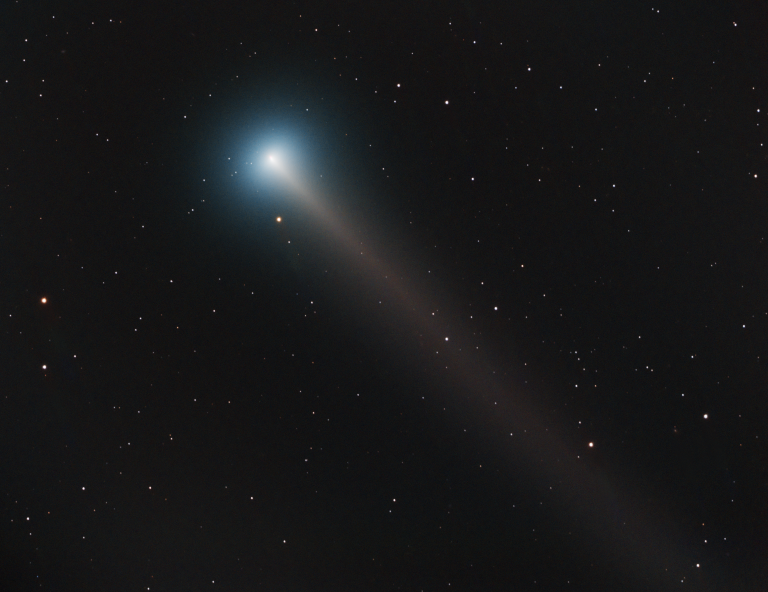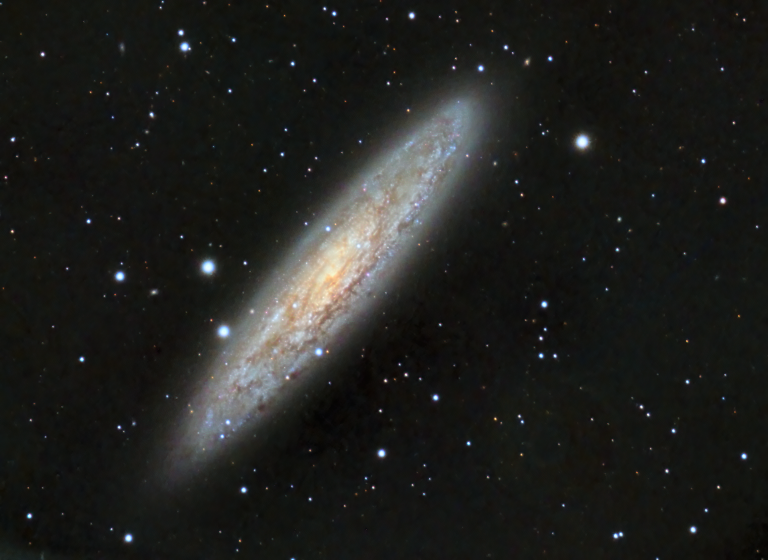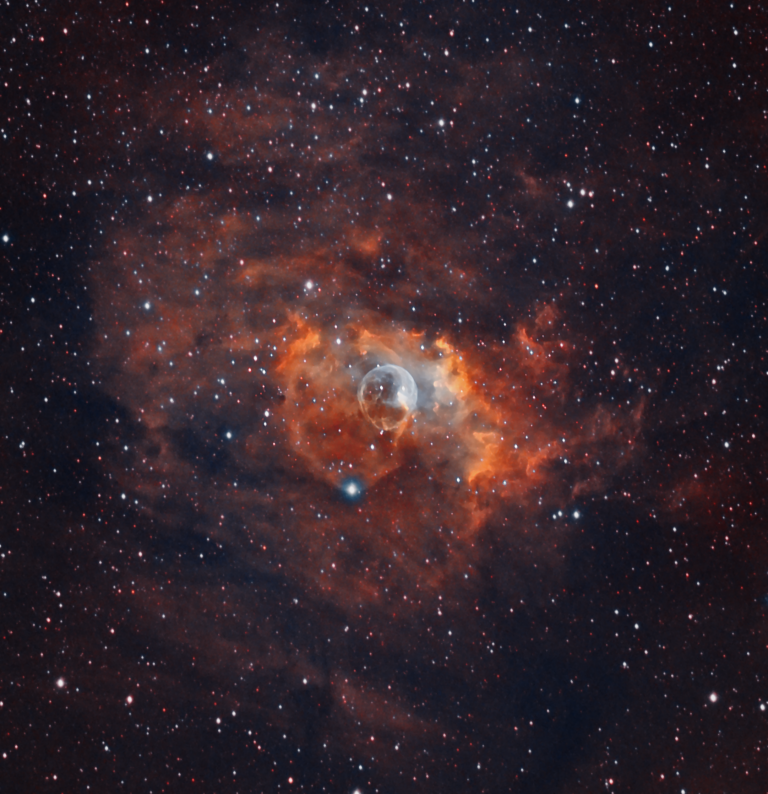The Ghost of Cassiopeia
Technically this nebula is called IC63, but its common name “The Ghost of Cassiopeia” seems much more timely, given Halloween is just around the corner! Imaged all night last night, mostly in true colors with some Hydrogen emissions added in to enhance it.



